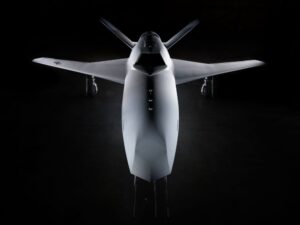
Lockheed Martin [LMT] delivered 89 of 98 F-35s late last year--the highest rate in six years, and RTX's [RTX] Pratt & Whitney delivered all 137 F135 engines for the fighter late in 2023, the Government Accountability Office (GAO) said in a new report. Prior to 2023 figures for the F-35 late deliveries are 38 of 91--42 percent--late in 2018, 17 of 134--13 percent--in 2019, 50 of 120--42 percent--in 2020, 22 of 142--18 percent--in 2021, and 71 of 141--50 percent--in 2022,…














